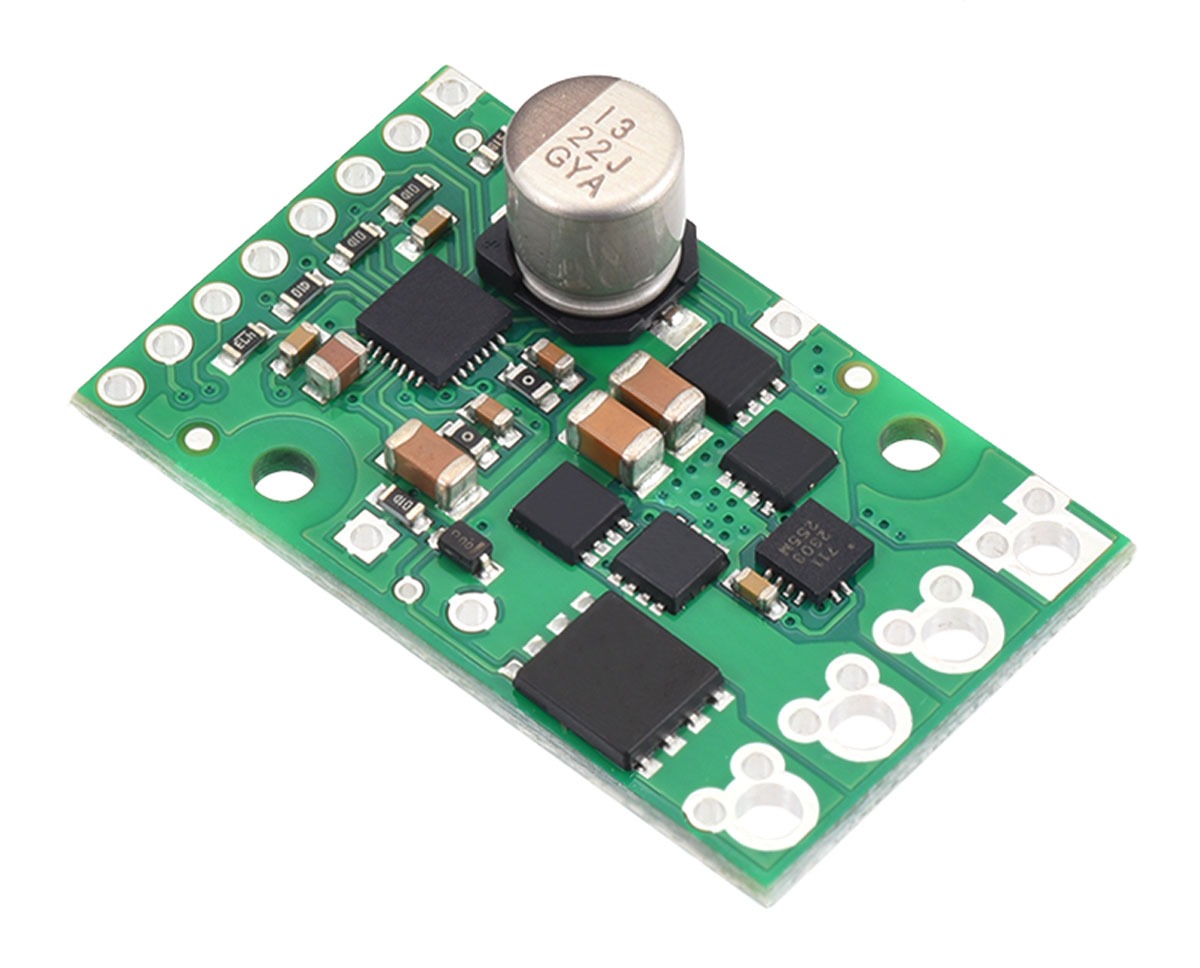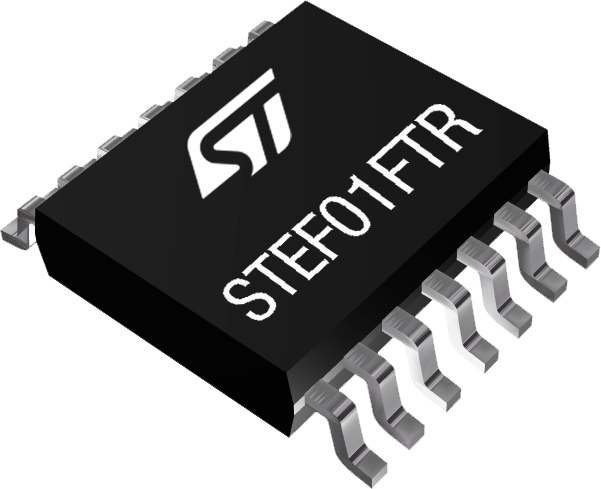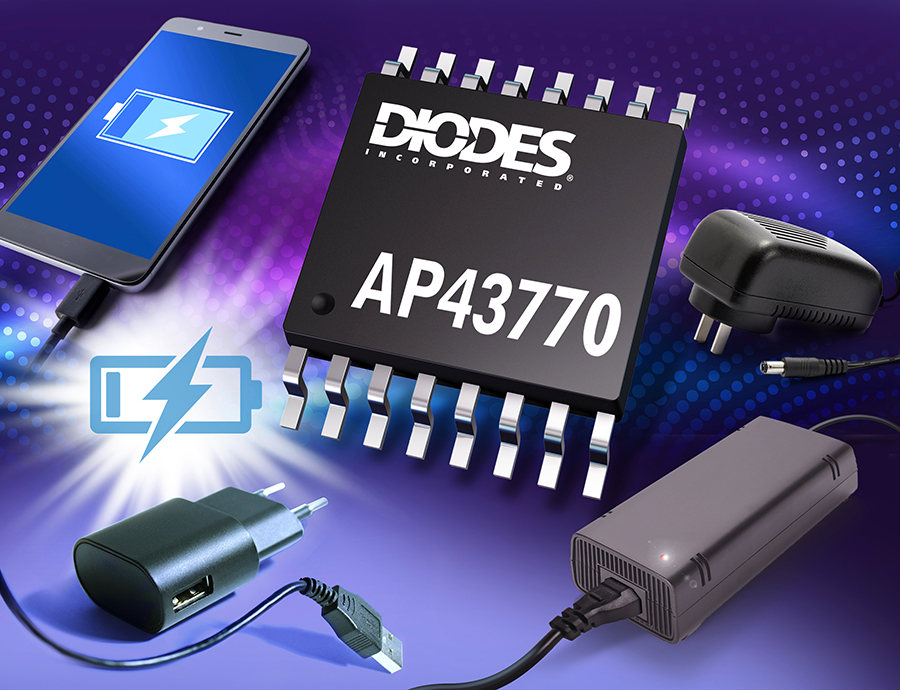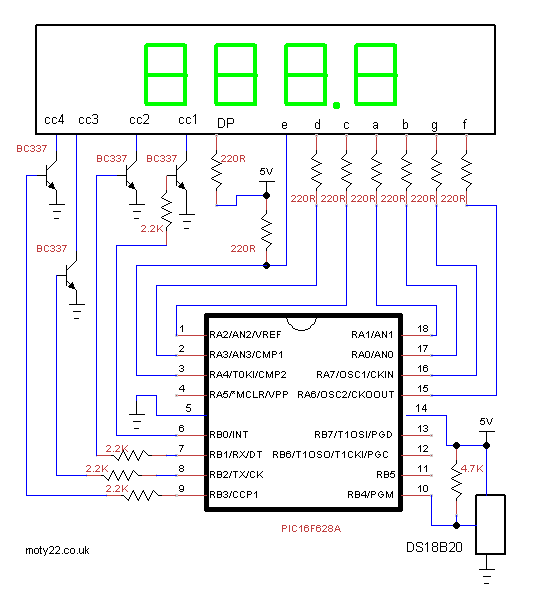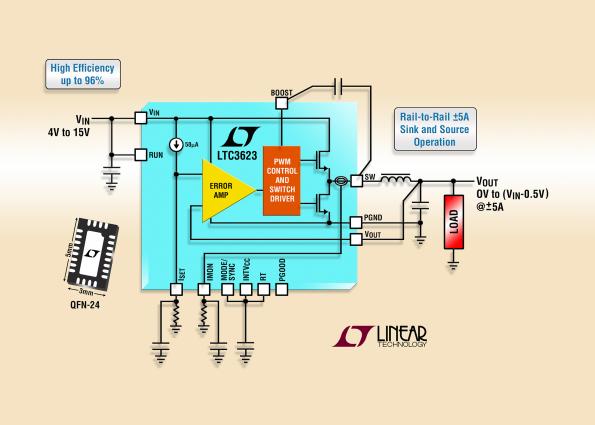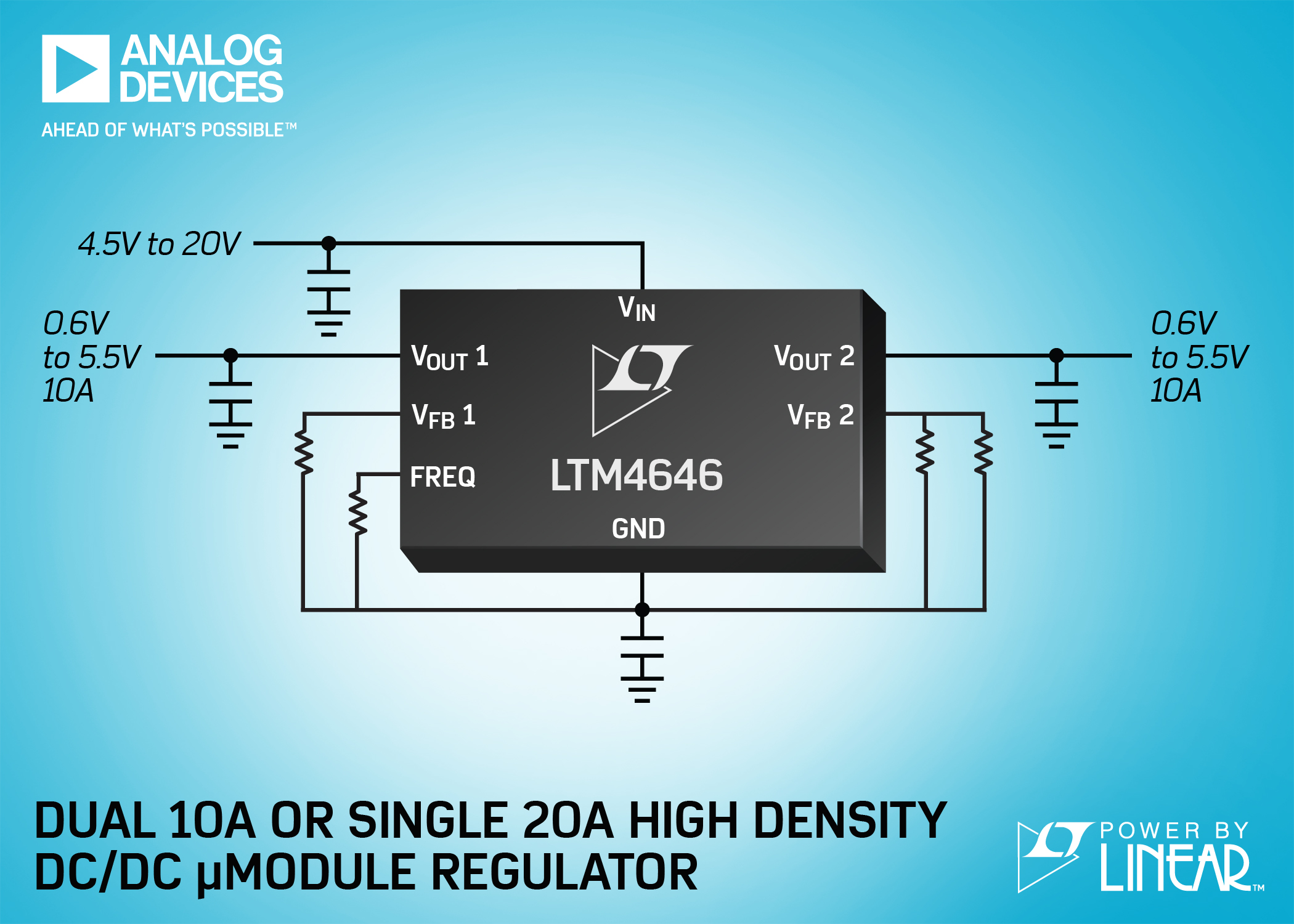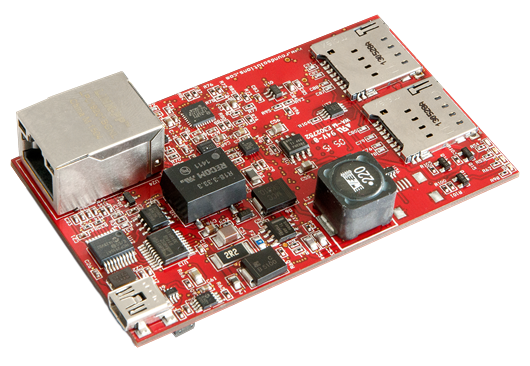
Germany-based Round Solutions developed the PingPong, a powerful and flexible hardware platform for IoT and machine-to-machine (M2M) applications. The PingPong can be used for both wired and wireless connections. The modular hardware design can integrate custom-specific applications and communication standards into a single solution platform that has a very small form factor.
The basic hardware platform of PingPong has a 32-bit 200MHz Microchip PIC32MZ microcontroller unit (MCU) running C/C++ code. It supports RTOS or Real Time Operating System which is available as Open Source Software so that developers can adapt their applications individually and bring them to market more swiftly. The base board of PingPong has following features:
- A high-speed cellular module
- A component for high-precision Global Navigation Satellite System (GNSS)
- An Internet connectivity module
- USB
- CAN-Bus and many other components
PingPong – The IoT Development Board RTOS 3G Version
One amazing feature is, the high-speed cellular module and the numerous interfaces can be controlled over the cloud. So, you don’t have to keep it wired all the time in order to control all those modules.
Technical Information:
Having an area of 85×52 mm², the PingPong is really tiny in size compared to its features. It has a booming 4 MB flash memory which is perfect for IoT purpose. PingPong beats other IoT modules with the wireless technologies it possesses – 2G, 3G, Galileo E1, GLONASS, and GPS. Supported bands(MHz) for cellular communication are 1800, 1900, 2100, 850, and 900. It communicates with other MCUs over I²C protocol which is widely used by almost all types of MCUs.
The greatest strength of PingPong is its expandability. The developer can overcome all the limitations of PingPong by adding a variety of expansion cards to the PingPong platform. Some examples of expansion cards are, wireless local area network (WLAN), Bluetooth, input/output (I/0), Iridium satellite communications, ISM/RF, SigFox, near-field communication (NFC), radio-frequency identification (RFID), and camera connectivity.
Applications:
- Send and receive data: Pingpong offers different possibilities for sending and receiving data. Whether it’s wired over Ethernet or on the go with built-in GSM/GPRS module, PingPong does its job of exchanging data continuously.
- Remote control: The PingPong can be used to control processes remotely via its outputs. Using the digital output with a relay can either enable or disable the power supply of an application.
- Positioning: With its built-in GNSS and GPS module, the PingPong can also be used to determine position, motion, speed and acceleration.
- Telemetry: The PingPong can be connected to a wide variety of sensors to process digital and analog measurements. Thus, for example, temperature values collected from a temperature sensor can be transferred via analog input to the PingPong.
And there are much more applications. From hobby projects to industrial development, sensor data collection to the smart home project – anywhere you can use this versatile board.
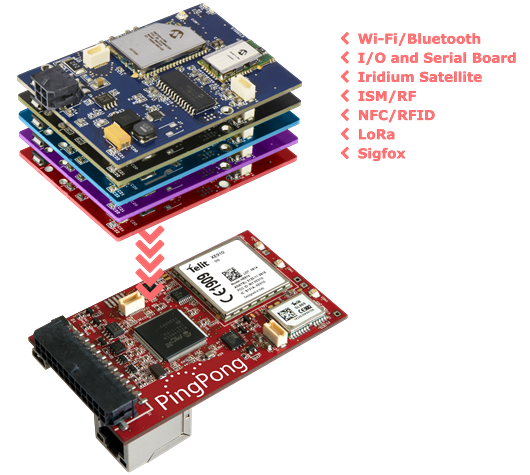
Important Links:
To learn more on this amazing IoT board, watch these three videos:
Conclusion:
The PingPong is a surprisingly powerful IoT module. It’s a developer’s dream. Having all these features in one package is truly outstanding. The feature of adding expansion cards makes it even stronger.
You can purchase your own PingPong from roundsolutions.com at €199.00. It may seem to be a bit overpriced, but it’s really not. Just consider the features you are getting in a single package and you’ll realize it.





